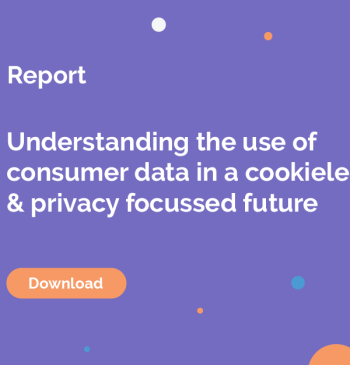Top Tips For Data Processing
06 Mar

As technology continues to evolve and we as a society collect more and more data, the way in which we process this data is becoming increasingly important.
At its core, data processing is simply the process of converting raw data into a digestible form to then analyse and extract meaningful insights. How this conversion occurs, however, is more complex.
Effective data processing can be the difference between insights being helpful or bootless. To ensure your data processing is working, use these tips.
Clean, clean and clean
Research has shown that on average, companies believe that 26 per cent of their data is dirty. The financial cost of this dirty data should not be underestimated. A real world example of ‘dirty data’ costing dollars can be seen in the postal and courier industry. Here, just one misspelled, misplaced or wrongly labelled data value can result in an item being delivered to the wrong location – costing the business money and resources and resulting in a poor experience for the customer.
Having clean data is one of – if not the – most important factors when it comes to successfully processing data. If your input involves poor quality data, it is more than likely that the output will also be poor. This starts with the actual collection of data. Having a clear focus on what types of data you need can result in more focused data collection, while using a variety of different platforms and sources to collect this data will ensure the data is rich and diverse.
Once the data has been collected, data cleaning then becomes vital. There are plenty of different techniques when it comes to cleaning data. Often data cleaning is about updating incorrect information. It is important to remember that there is almost no data that doesn’t belong in a data set. Just because a specific outlier might be irrelevant to one project doesn’t mean it should be omitted, as it may be valuable at a later date. Missing values can be imputed to ensure the data remains usable.
Aggregate
Data aggregation is simply the process of gathering and presenting data in a summarised form and is now a norm across various industries. Ecommerce retailers will now commonly collect and aggregate pricing information from their competitors to make sure they know what they’re up against, while financial institutions have been known to collect news headlines to see how these trends impact the market.
From here, data scientists should make sure all the data sources are feeding into the one location. Businesses often store data across silos, meaning that when it comes to finding insights, it can be hard to make fully informed decisions. Anything that could be considered a data point should be identified so that it can be transferred into a central source.The importance of data aggregation when it comes to processing data is that it allows data to be analysed in a way that protects an individual’s privacy. When dealing with customer data, it is possible to take a single person view as the customer is being serviced. Aggregation is more relevant when dealing with prospective customers or adding data to existing customers that you didn’t collect as part of the relationship. Privacy laws such as GDPR have meant that for many businesses, it is not worth the risk of handling personal data. When data has been aggregated, however, the information is only reflective of groups, rather than individuals. This means insights can be gathered without jeopardising an individual’s privacy although it’s important to note that any information appended to an individual is still considered ‘personal information’ – even if that data is associated with many other individuals.
Feature engineering
When it comes to putting data to use, machine learning is a way to get results at scale and automate data processing. Feature engineering is the process of ensuring these machine learning algorithms work effectively. This involves transforming raw data into features that represent the predictive model.
Often described as the most important part of machine learning, feature engineering involves brainstorming features, creating features, checking that the features work against the model and finalising all of these features.
Think about machine learning
Another deciding factor when it comes to data processing is the use of machine learning/AI. These algorithms can now be used to process large amounts of data, particularly when there are multiple data sources. An ecommerce business, for example, can utilise machine learning algorithms to identify the customers that are exhibiting purchase signals and streamline marketing campaigns towards these customers.
A study from Google recently found that leading performance agencies are 74 per cent more likely to use machine learning when processing data than their competitors.
By Boris Guennewig, Co Founder & CTO at smrtr




